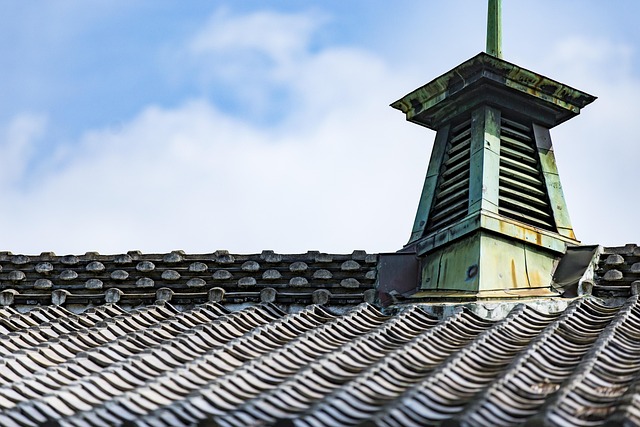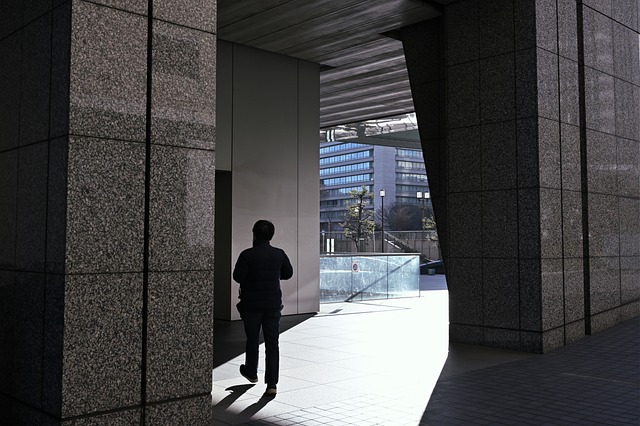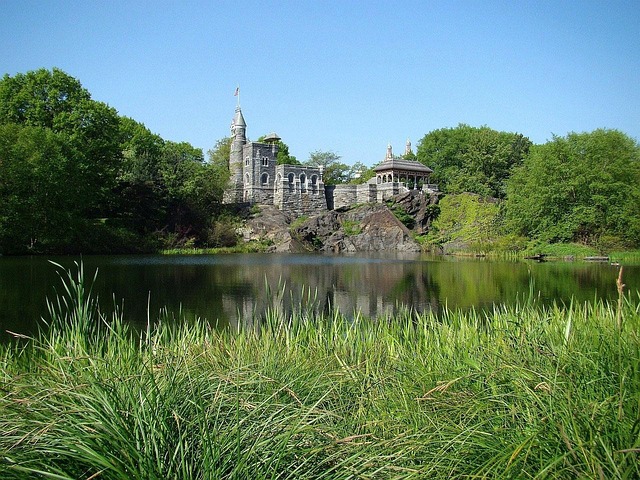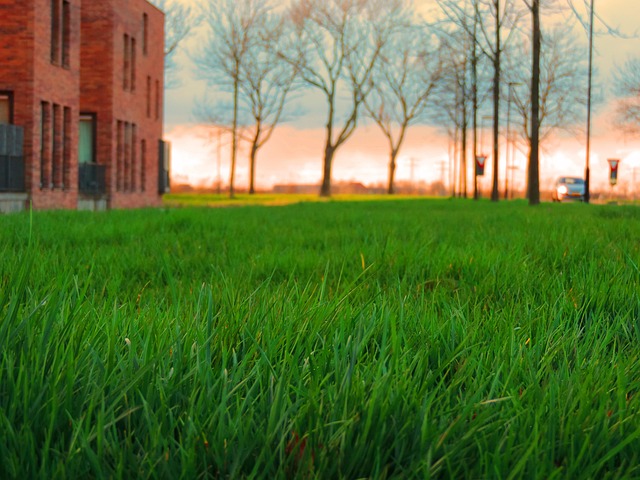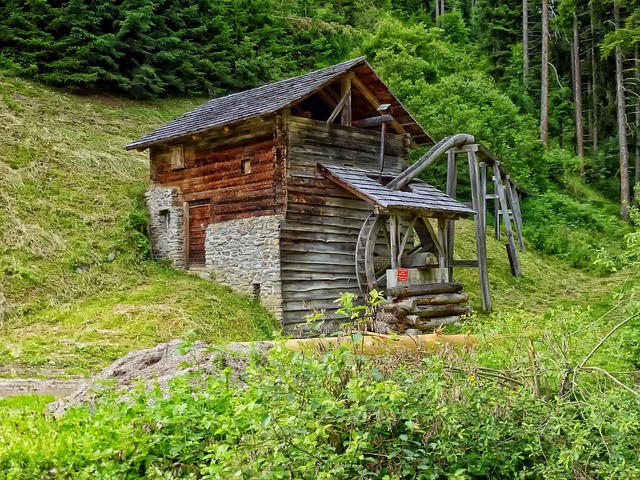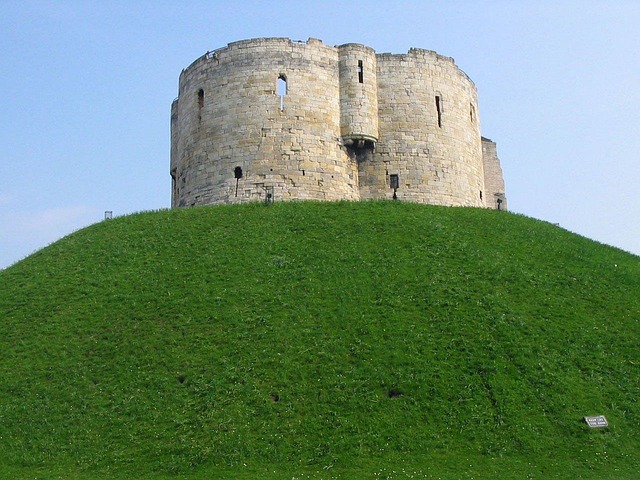The real estate industry is embracing innovative building design to reduce carbon footprints and enhance energy efficiency. By integrating smart, sustainable features like optimized natural lighting, strategic insulation, and energy-efficient materials, architects and developers are creating long-term cost savings for occupants. Passive design principles, such as orienting buildings for maximum sunlight in winter and incorporating shaded areas in summer, further decrease heating and cooling demands. Additionally, integrating renewable energy sources like solar panels minimizes the carbon footprint of structures. These eco-conscious approaches attract eco-conscious tenants and buyers, demonstrating a forward-thinking investment strategy that benefits both the environment and financial bottom line.
In today’s digital era, the real estate industry is undergoing a significant transformation as energy-efficient solutions become paramount in reducing carbon footprints. This article explores innovative building design strategies that minimize energy consumption, leveraging passive design techniques and compelling case studies. We delve into sustainable energy sources, highlighting renewable options like solar panels, wind turbines, and geothermal heat pumps, along with incentives encouraging their adoption. Additionally, smart technologies and home automation systems are examined for their role in optimizing energy use and promoting eco-friendly practices in both residential and commercial spaces.
Innovative Building Design for Energy Efficiency

The real estate industry is witnessing a significant shift towards innovative building design as a key strategy to reduce carbon footprints and enhance energy efficiency. Architects and developers are now incorporating smart, sustainable features into their projects, such as natural lighting optimization, strategic insulation placement, and the use of energy-efficient materials. These designs not only minimize the environmental impact but also contribute to long-term cost savings for occupants.
By embracing passive design principles, like orienting buildings to maximize sunlight during winter and incorporating shaded areas in summer, real estate professionals can substantially reduce heating and cooling demands. Additionally, integrating renewable energy sources, such as solar panels or wind turbines, further diminishes the carbon footprint of structures. These innovative approaches are not only beneficial for the environment but also attract eco-conscious tenants and buyers, signaling a forward-thinking and responsible investment strategy in the real estate sector.
– Exploring architecture that minimizes energy consumption

In the realm of real estate, architects and developers are increasingly embracing innovative design strategies to minimize energy consumption and reduce carbon footprints. These efforts are driven by a growing awareness of the environmental impact of buildings, which account for a significant portion of global energy usage. By integrating smart, sustainable features into their projects, architects can create structures that not only adhere to energy-efficiency standards but also offer long-term cost savings for occupants.
One such approach involves optimizing building orientation and insulation to take full advantage of natural light and ventilation, reducing the need for artificial lighting and heating/cooling systems. Additionally, incorporating renewable energy sources like solar panels and geothermal heat pumps can further decrease reliance on conventional energy grids. These solutions not only lower operating costs but also contribute to a greener, more sustainable built environment in today’s digital era.
– Passive design strategies and their impact on carbon reduction

In the realm of real estate, passive design strategies are revolutionizing how we approach carbon reduction. These techniques, which rely on natural elements and smart planning, significantly mitigate energy consumption and greenhouse gas emissions. By carefully considering orientation, insulation, and natural ventilation, buildings can be designed to maintain comfortable indoor temperatures without heavy reliance on heating or cooling systems, thereby lowering their carbon footprint.
For instance, proper window placement and high-performance glass can harness passive solar heat during colder months, while strategic shading keeps interiors cool in summer. Additionally, well-designed overhangs, deciduous trees, and cross-ventilation systems create a harmonious relationship between the building and its environment, reducing the need for mechanical climate control. These strategies not only enhance energy efficiency but also foster a deeper connection with nature, contributing to more sustainable and resilient communities.
